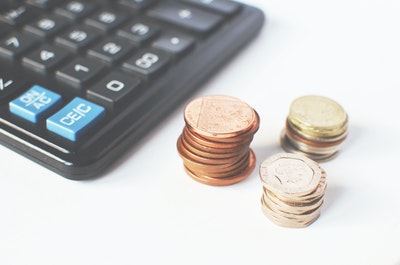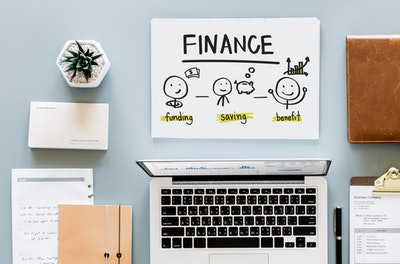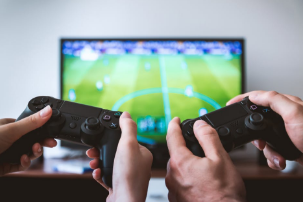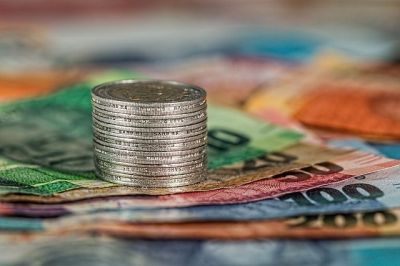3 Top Expenses To Cut Back On

We all have a mix of essential and non-essential expenses that occur across a typical month, keeping a balance between bills that have to be paid and being able to enjoy ourselves a little.
However, it can become very easy for this delicate balancing act to go one way or another.
You’ll either spend too much on enjoying the finer things in life leaving little for anything else or vice versa, falling into debt and becoming overextended with mounting bills.
The best thing to do in either situation is to find ways to cut back on expenses.
Here are some of the main ones to focus on to help your money go further.
1. Impulse Credit
One of the easiest ways to fall into debt is by using credit to pay for everything. If you’ve found something you have the impulse to purchase but don’t have the available cash, it’s all too easy to pay via credit instead and worry about paying it back later.
However, whilst in moderation, this is fine if you can afford it, regularly spending in this way can quickly get out of control.
You should get into the habit of only turning to credit when you really need to, for example, in an emergency or to cover an unexpected expense.
Short-term solutions such as bad credit loans are ideal when you don’t have savings and you need to settle an emergency fast. Whether using a credit or not, avoiding impulse buying, in general, is key to cutting back on expenses.
2. Eating Out or Ordering In
Maybe you have a favorite restaurant or food vendor you like to visit at least once a week, or can’t get by without a daily takeaway coffee.
Whilst there is nothing wrong with enjoying good quality food and drink you don’t have to prepare yourself, the costs across a full month may surprise you.
Ordering food and drink is one of the easiest ‘invisible’ spends that creep up on people, especially a small amount here and there.
To find out how much you’re spending on these treats, review your recent transactions and tally up the costs for a possible eye-opening total. As easy as it is to spend money on, cutting down on this type of expense is one of the easier to do.
3. Non-Essential Items
If you have multiple transactions with the majority going on the non-essentials, cutting back on them can help you start to save more or pay more towards existing debts.
Completing a review of your income and essential expenditure will leave you with a disposable income amount. Ideally, this doesn’t mean you should spend this completely on what you enjoy, instead, you should determine an amount of this to put into savings.
Many people do not have an emergency savings fund, so starting to build this is advisable, even with just a small amount. You should also determine if you can pay more towards credit card debt or other outstanding high-interest debt if you have it.
Identifying your most common expenses may seem time-consuming, but in reality, it can be a quick way to discover your spending habits. You can reduce regular spending and put more money towards building savings or reducing existing debt.






